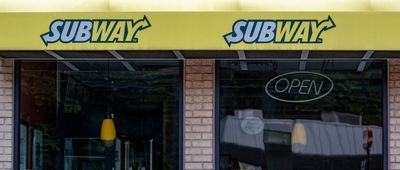Beyond the Tip Jar
You're not imagining it — tipping culture is totally getting out of hand. Going to the gas station? Expect to tip the employee just for spinning the iPad around. Heck, sometimes they'll expect you to tip even when no actual services were rendered. If you're fed up with what seems like every establishment always expecting a tip, you're not alone. According to a recent study by Talker Research, the average American is spending nearly $500 every year on tips alone.
Here's a closer look at the highlights from the study, plus tips (pun very much intended) on how much you should really be tipping service and industry workers.














